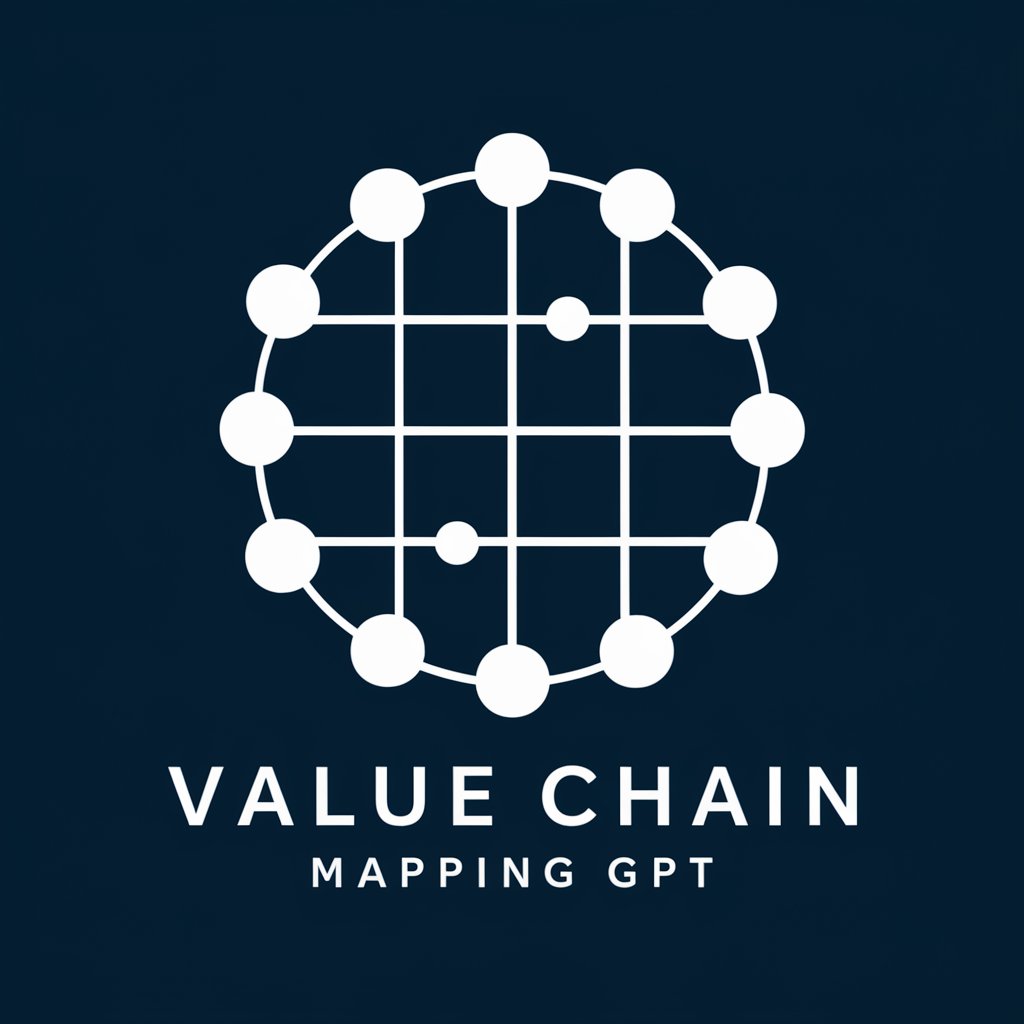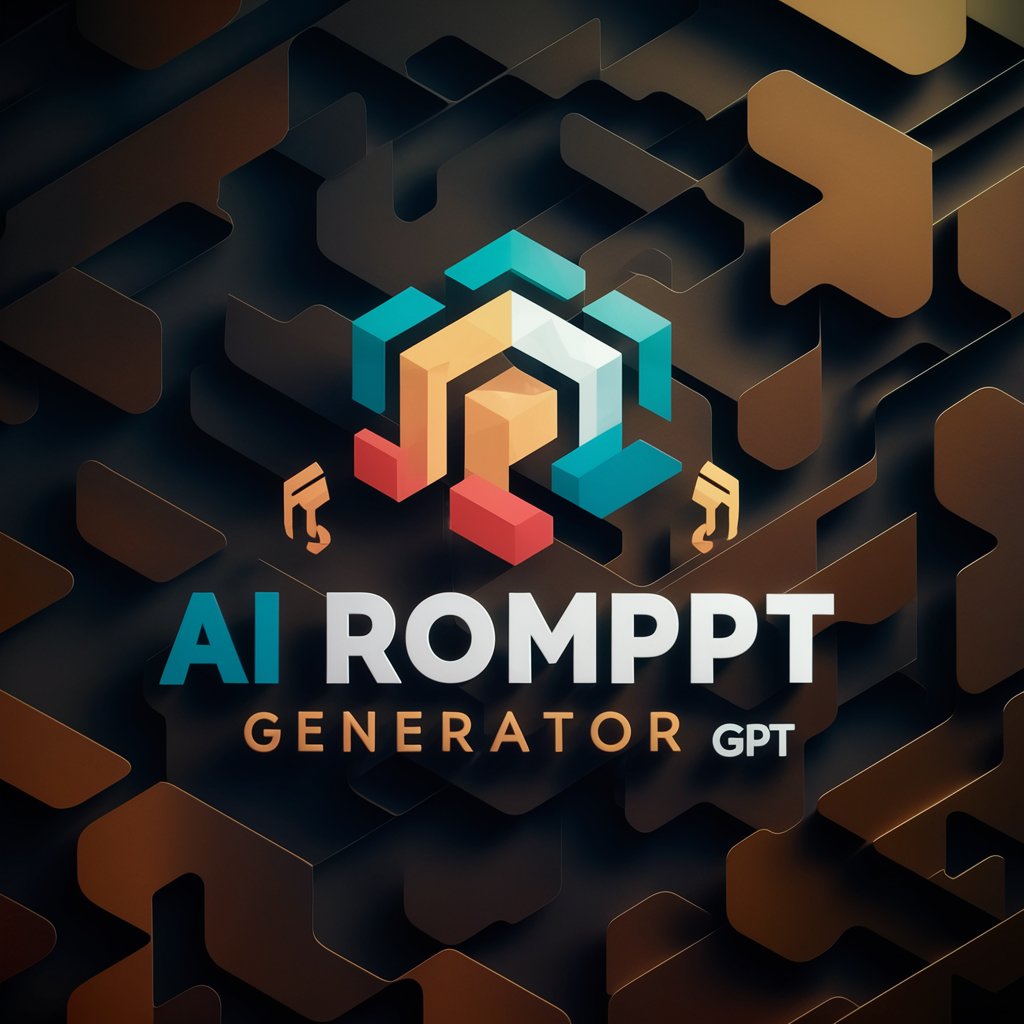Value Chain Mapping - Comprehensive Business Insight

Welcome! Let's map out your value chain.
AI-Powered Strategic Mapping Tool
Identify the key dependencies for the component
What are the direct dependents of
Map out the value chain starting from
Describe the components that interact with
Get Embed Code
Understanding Value Chain Mapping
Value Chain Mapping, as an approach, focuses on analyzing and optimizing the series of activities and relationships within an organization or industry to deliver a product or service. It is not merely a visualization tool but a strategic method to understand, document, and improve the flow of value through different components. For example, in a software development scenario, Value Chain Mapping can help identify key elements like coding, testing, deployment, and user feedback, along with their interdependencies and the flow of value from one stage to another. Powered by ChatGPT-4o。

Key Functions of Value Chain Mapping
Identification of Dependencies
Example
In a manufacturing process, it helps in identifying critical dependencies such as raw material sourcing, machinery, skilled labor, and logistics.
Scenario
In a car manufacturing company, identifying the dependency on steel suppliers and technology for automation.
Optimization of Processes
Example
Allows businesses to pinpoint inefficiencies or bottlenecks in their processes.
Scenario
In a hospital, optimizing the patient intake process by identifying delays in patient registration and room allocation.
Strategic Planning and Decision Making
Example
Assists in making informed decisions about resource allocation, process improvement, and investment.
Scenario
A technology firm deciding to invest in cloud infrastructure over traditional data centers based on value chain analysis.
Risk Management
Example
Identifying and mitigating risks associated with dependencies and processes.
Scenario
A retail business mapping its supply chain to identify risks in supplier stability or logistic disruptions.
Innovation and Development
Example
Encouraging innovation by clearly showing areas of improvement and potential for new developments.
Scenario
In software development, using value chain mapping to identify areas where automation can speed up the deployment process.
Ideal Users of Value Chain Mapping Services
Business Executives and Managers
They can leverage value chain mapping to enhance strategic planning, operational efficiency, and competitive advantage.
Supply Chain and Logistics Managers
Ideal for optimizing supply chain operations, managing risks, and improving overall supply chain resilience.
Product Managers and Developers
Useful in product development and management, ensuring efficient process flows and innovation.
Quality Assurance and Risk Management Professionals
They can utilize value chain mapping to identify quality bottlenecks and manage risks effectively.
Entrepreneurs and Start-up Founders
Helpful for startups to understand their business model, identify key value propositions, and strategize resource allocation.

Guidelines for Using Value Chain Mapping
Start Your Journey
Initiate your experience with Value Chain Mapping by visiting yeschat.ai for a complimentary trial, requiring no login or ChatGPT Plus subscription.
Identify Your Focus Area
Determine the specific component or sector of your business or study that you wish to analyze using Value Chain Mapping.
Map Dependencies
Identify and map out all elements that your chosen component depends on, as well as those that depend on it, to understand its position in the overall value chain.
Analyze and Strategize
Utilize the mapped information to assess the efficiency, potential risks, and improvement areas in your chain, helping to inform strategic decisions.
Iterate and Evolve
Regularly update and refine your Value Chain Map to reflect changes in your business environment and maintain its relevance and accuracy.
Try other advanced and practical GPTs
Playful Tanuki Video Search
Uncover the Tanuki World with AI

AI Prompt Generator GPT
Elevating Creativity with AI-Powered Precision

Flyers GPT
Visualize Your Ideas with AI-Powered Design Assistance

Newsletter Copywriting Genius
Elevate your newsletter with AI-powered copywriting.

Newsletter Advisor
AI-powered newsletter platform guidance

Media Coach
Empower Your Voice with AI-Powered Media Coaching

FFT-GPT
Transforming Data Analysis with AI

20,000+ Best Custom GPTs Directory
Unlock AI Potential with Tailored GPTs

CoupletGen
Crafting timeless poetry with AI

GoGPT
Empower Your Code with AI

Credit Sage
Empowering credit management with AI

Real Image to Simpson's GPT
Transforming Realities into Cartoon Fun!

Frequently Asked Questions about Value Chain Mapping
What is Value Chain Mapping?
Value Chain Mapping is a tool that helps in visualizing and analyzing the relationships and dependencies between different components within a system, such as a business process or an industrial sector.
How can Value Chain Mapping improve business strategy?
By identifying key components and their interdependencies, businesses can pinpoint areas for improvement, optimize processes, and make informed strategic decisions.
Can Value Chain Mapping be applied in non-business contexts?
Absolutely. It's versatile and can be used in academic research, government policy-making, and even personal project management.
What are the prerequisites for effective Value Chain Mapping?
A clear understanding of the system or process being analyzed, knowledge of the key components involved, and access to relevant data are essential for effective mapping.
How often should a Value Chain Map be updated?
Regular updates are crucial to maintain its accuracy, especially when there are significant changes in the system or environment being analyzed.
